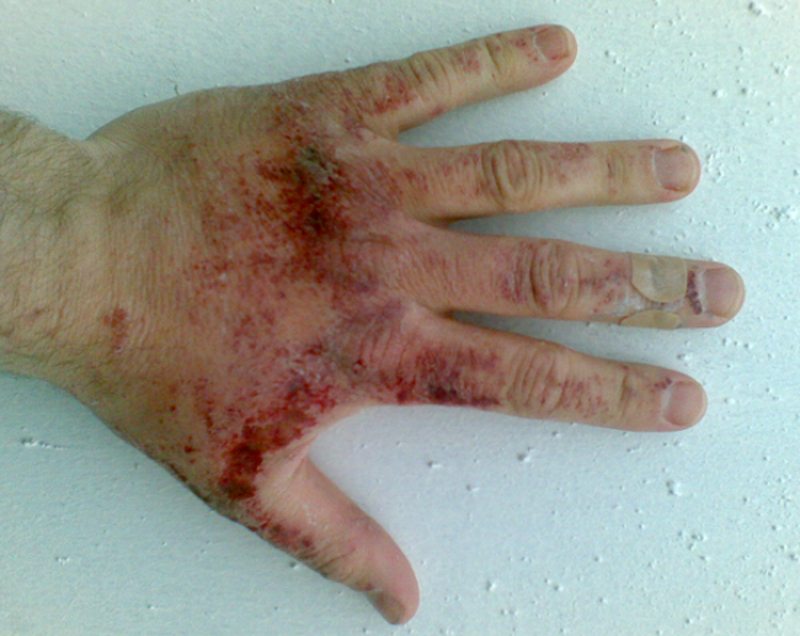Category: C
-
Cardiovascular fitness
The ability of the heart to sustain exertion without undue stress. Cardiovascular fitness is promoted by regular exercise—at a minimum, 20 to 30 minutes a session, at least 3 times a week—that strengthens the heart and lungs. Cardiovascular fitness activities include walking, jogging, bicycling, jumping rope, racket sports, cross-country skiing, swimming, rowing, and dancing.
-
Cardiothoracic surgery
Any procedure used to treat a disease, abnormality, or injury in the chest (thorax), particularly in or around the heart. This includes coronary artery bypass and valve surgery of the heart; removal of lung tumors and abscesses; and repair of injuries to the heart, lungs, and chest walls.
-
Cardiac stress testing
Procedures that measure and compare heart function at rest and during exercise. Faster heart rates make it easier to detect impaired blood flow to the heart or abnormal heart rhythms. Cardiac stress testing is performed to diagnose a heart condition, monitor progress in those who have had a heart attack or have undergone heart surgery,…
-

Car restraints
Safety devices used in motor vehicles to minimize the risk of injury or death during accidents. Car restraints include lap and shoulder safety belts, child safety seats, and air bags. The use of lap and shoulder seat belts provides the greatest possible protection against being thrown out of a vehicle during an accident. The use…
-
Cancer screening
Tests performed on people without symptoms to identify possible cancer at an early stage. Screening tests have been used effectively for cancers of the breast, cervix, colon, and prostate gland. Screening for lung cancer is not yet successful. A small, painful sore or ulcer that occurs inside the mouth. It is usually surrounded by an…
-
Calorie requirements
The amount of energy required by the body for normal function, growth, repair, and physical activity. Daily calorie requirements vary from person to person and depend largely on how active an individual is. To maintain health, sedentary women and older people must take in about 1,600 calories a day. Active women, children, teenage girls, and…
-
Bony callus
The newly formed soft bone that develops after a bone fracture and during the bone’s healing process. Bony callus may also refer to a thickening of the surface layer of the skin over a bony prominence, usually on the feet, but also on the hands. Such a callus usually forms in response to pressure. Symptoms…
-

Chemical burns
Injury to the skin caused by corrosive chemicals. Chemical burns are reactions that occur when a person’s skin comes in contact with acids, alkalis, or other corrosive agents, in which chemical energy is converted into heat. Chemicals will usually continue to burn the skin as long as they are in contact. The stronger the chemical…
-
Cancer of anus
An uncommon cancer that develops in the inch-long muscular tube where the rectum opens. Anal cancer is a form of colon cancer that is highly treatable and potentially curable. The earliest sign of anal cancer usually is bleeding and is often mistaken as a sign of hemorrhoids. Other common symptoms include pain or itching in…
-
Chronic adhesive otitis media
The end stage of middle ear effusion (accumulation of fluid) that leads to EUSTACHIAN TUBE dysfunction. The eardrum becomes thinner and retracts toward the inner wall of the middle ear. In time, the drum may contact the incus and stapes (small middle ear bones) and even drape over them or touch the inner wall of…